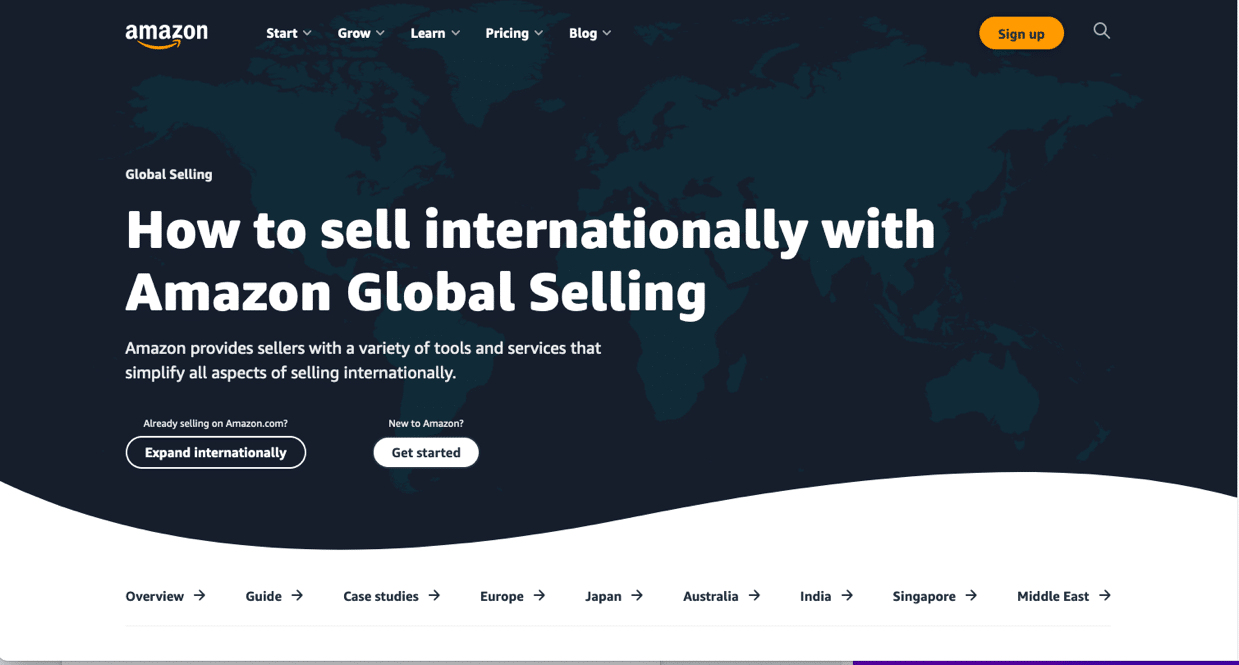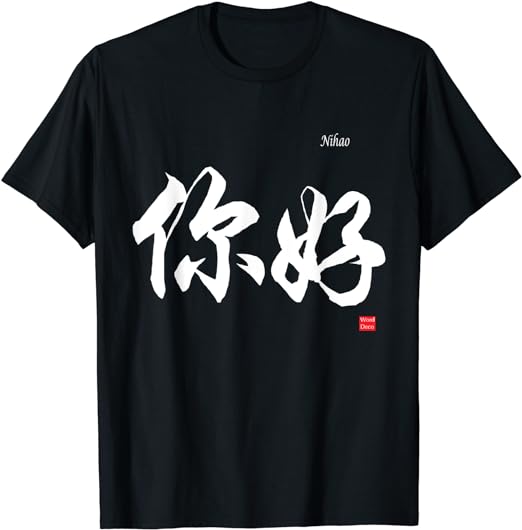A Step-by-Step Guide to Developing MBA Products for International Markets
Your success on marketplaces such as Amazon’s Merch by Amazon can be greatly amplified by making a single strategic move: expanding your reach to international markets.
But it’s not as easy as just translating your existing designs into those of other languages. It is necessary to take a comprehensive approach to successfully cater to a variety of cultures and preferences. I
n this guide, we will delve into the complexities of designing products for international markets on Merch by Amazon. This will include researching different cultures, using translation tools, and taking specific, actionable suggestions into consideration.
The International Prospects of Amazon’s Merchandise
Merch by Amazon offers creators a one-of-a-kind opportunity to capitalize on their design skills and turn their work into a lucrative business. However, this opportunity is not limited to a particular region in any way.
Thanks to Amazon’s global reach, you are able to tap into markets all over the world. Each of these markets has its own distinct set of preferences, languages, and cultural nuances. You can open up a vast number of opportunities for your designs if you show appreciation for this diversity.
Accuracy in the Use of Language: The Process of Adapting Designs for Audiences in Other Countries
In a previous blog post, we reviewed specific methods to translate description elements into multiple languages and how to store them using Google Translate and Google Sheets. However, if you are selling into another country, another culture, it’s far from simply plug and play.
Make Use of the Available Translation Tools
Language is the single most important factor to consider when breaking into international markets. You can achieve a more accurate translation of the text components of your design with the assistance of translation tools like Google Translate or professional services.
However, keep in mind that translation is not simply the process of replacing one set of words with another. Context is important, and there are times when a literal translation might not convey the meaning that was intended.
Contextual Adaptation
In addition to translating your designs, you should also think about adapting them to fit the cultural environment. It’s possible that certain phrases, idioms, or visual elements will have different connotations or significance when translated into other languages. A layout that is well-received in one nation might not ring true with people in another nation in the same way.
Ever see a sign or an ad in another country with laughably poor English? Well, lazy translation works both ways.
There’s a simple trick I learned in my years of dealing with overseas vendors: reverse translation. After translating your text from English into the other language, translate it back to English. You may find the results startling, as certain words and phrases return differently than you intended. Going back into your English and tweaking problematic phrases until the results provide the proper intention will go a long way.
The Importance of Knowing Your Audience When Conducting Cultural Research
Immerse Yourself
Conducting research based on a culture is essential to the process of developing designs that resound. Spend some time learning about the traditions of the people who make up your target market. Research their visual culture, their history, their symbols, and even the most recent fashions. Having this knowledge will enable you to create designs that have a genuine and approachable vibe to them.
Colors and Symbols
Colors and symbols can have varying connotations depending on the culture in which they are used. For instance, while in some cultures the color red is associated with good fortune and joy, in other cultures it is associated with danger. It is important to do research into the cultural connotations of colors and symbols in order to guarantee that your designs convey the intended meaning.
Festivals and Traditions
To give the impression that your designs were made specifically for the audience, incorporate elements that are based on local festivals, holidays, and traditions. This not only demonstrates that you respect their culture, but it also strengthens the emotional connection that customers have with the products you sell.
We have written at least a dozen blog posts about international traditions with the express intention of giving you an advantage over other sellers. A quick search here will bring them up for you.
Suggestions Pertaining to Particular International Design
Include Local Landmarks and Icons
Include well-known local sights and attractions in the country that you are targeting. For instance, add a personalized touch by designing a shirt with the Eiffel Tower for a French audience or designing a shirt with the Great Wall of China for a Chinese audience is a start.
Puns and Wordplay
Playful phrases specific to the target language have the potential to forge a strong connection between the speaker and the audience. Playing with words that have different connotations in the language you’re trying to learn can add a touch of humor and make the material more approachable. However, be careful and research this well, and after researching, use our aforementioned “reverse translation” method.
Traditional Art Styles
Incorporate traditional esthetics or motifs that have significant meaning to a particular culture. These elements, whether they are Japanese ukiyo-e or Indian henna patterns, have the potential to have a profound effect on the audience.
Local Nature and Wildlife
Bring attention to the local fauna, flora, or other forms of local wildlife that are significant to the target culture. This demonstrates not only that you have an understanding of the environment in which they operate, but also that you have an eye for detail.
Be sensitive to the cultural diversity that exists within the target market when designing inclusive products. Designs that celebrate inclusivity and diversity have the potential to create a positive impact and resonate across a variety of cultural contexts.
Change And Improve According to The Needs of Each Market.
Keep in mind that even within the confines of a single nation, preferences can vary. Consider, for instance, the marketplaces that Amazon operates in Europe. Designs that strike a chord in one European nation might not have the same impact in another due to the linguistic, cultural, and historical differences that exist between the countries. Therefore, you should try to maximize the resonance of your designs by optimizing and adapting them for each market.
An exciting endeavor that calls for a multi-pronged strategy is the development of products for sale on Merch by Amazon that are targeted at international markets. The foundations of success in this endeavor are going to be a competent translation, careful research on the culture, and conscientious incorporation of elements from the local environment. While you are exploring different markets, keep in mind that the driving forces that will elevate your designs to global acclaim are authenticity, respect for cultural nuances, and a genuine connection with the audience.
You can unlock the enormous potential that international markets hold for your Merch by Amazon journey by recognizing and appreciating the depth and breadth of the world’s cultural traditions.












